13 Visa Updates That Could Derail Your 2025 Travel Plans
In 2025, the rules of global travel are shifting fast—and travelers who don’t pay attention could end up grounded, rerouted, or outright denied. From unexpected visa suspensions to tighter documentation requirements, a wave of policy changes is catching even seasoned globetrotters off guard. Some nations are tightening borders amid political tensions, others are quietly scrapping long-standing agreements, and a few are rolling out digital systems that glitch just when you need them most. This guide breaks down 13 of the most urgent, overlooked, or quietly evolving visa changes that could derail your plans in the year ahead. Whether you're a remote worker banking on a digital nomad visa or a tourist expecting smooth entry with a passport alone—read this before you pack.
1. Schengen Shakeup: ETIAS Postponed Again—but Not Cancelled
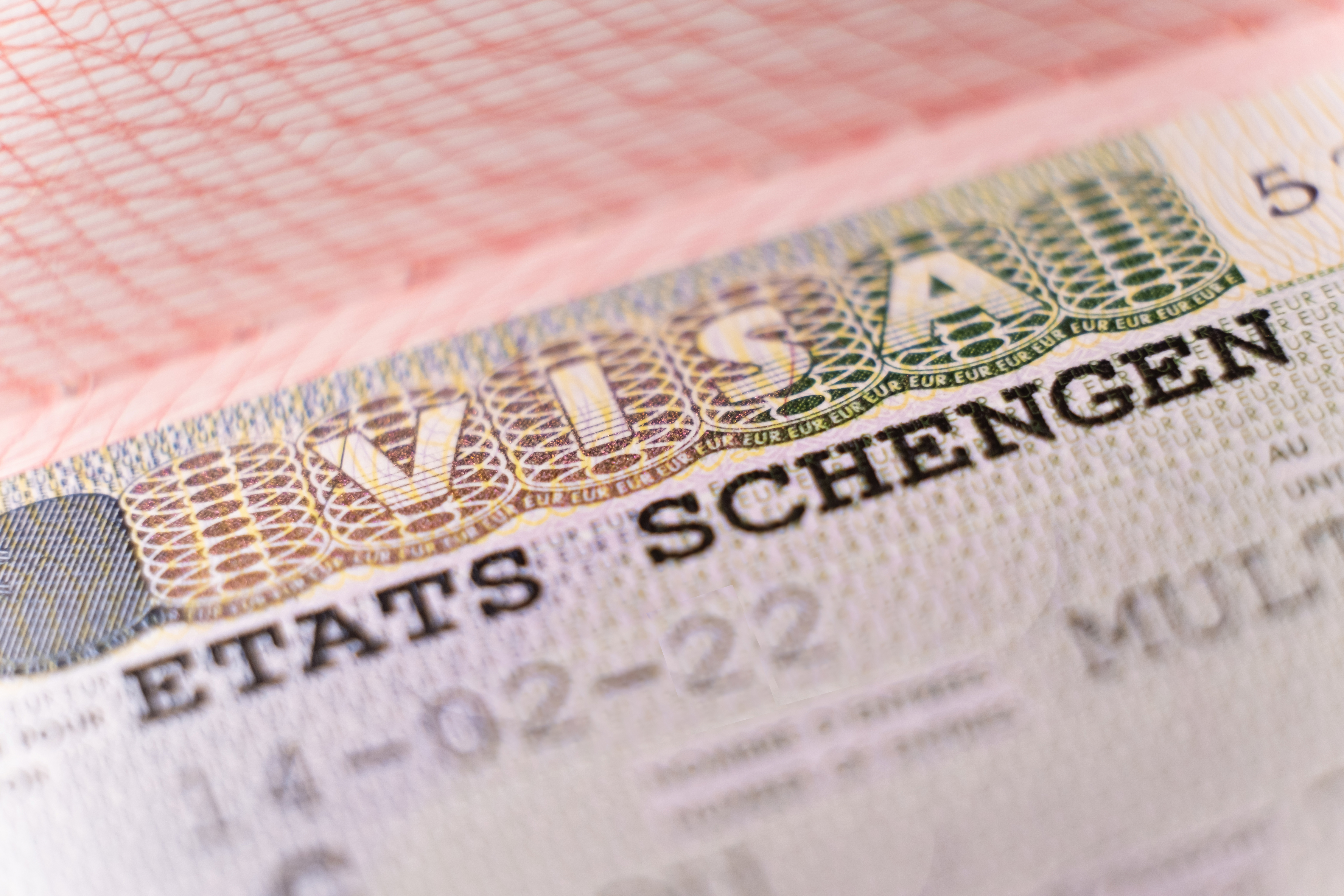
Europe’s long-anticipated ETIAS system—essentially an online visa waiver for non-EU travelers—has been delayed until mid-2025. While this postponement gives travelers more time, confusion still surrounds its rollout. Some border agents have begun soft enforcement by asking for documentation normally tied to ETIAS. Americans, Canadians, and other visa-exempt passport holders should watch for shifting guidance, especially for multi-country trips. Once implemented, ETIAS will require an online application, biometric data, and a small fee. But in 2025, the limbo may be worse than the rule—stay alert, as miscommunication or pre-implementation inconsistencies could delay entry into the Schengen Zone.
2. U.S. Visa Delays Continue: Interview Backlogs for B1/B2 and F-1
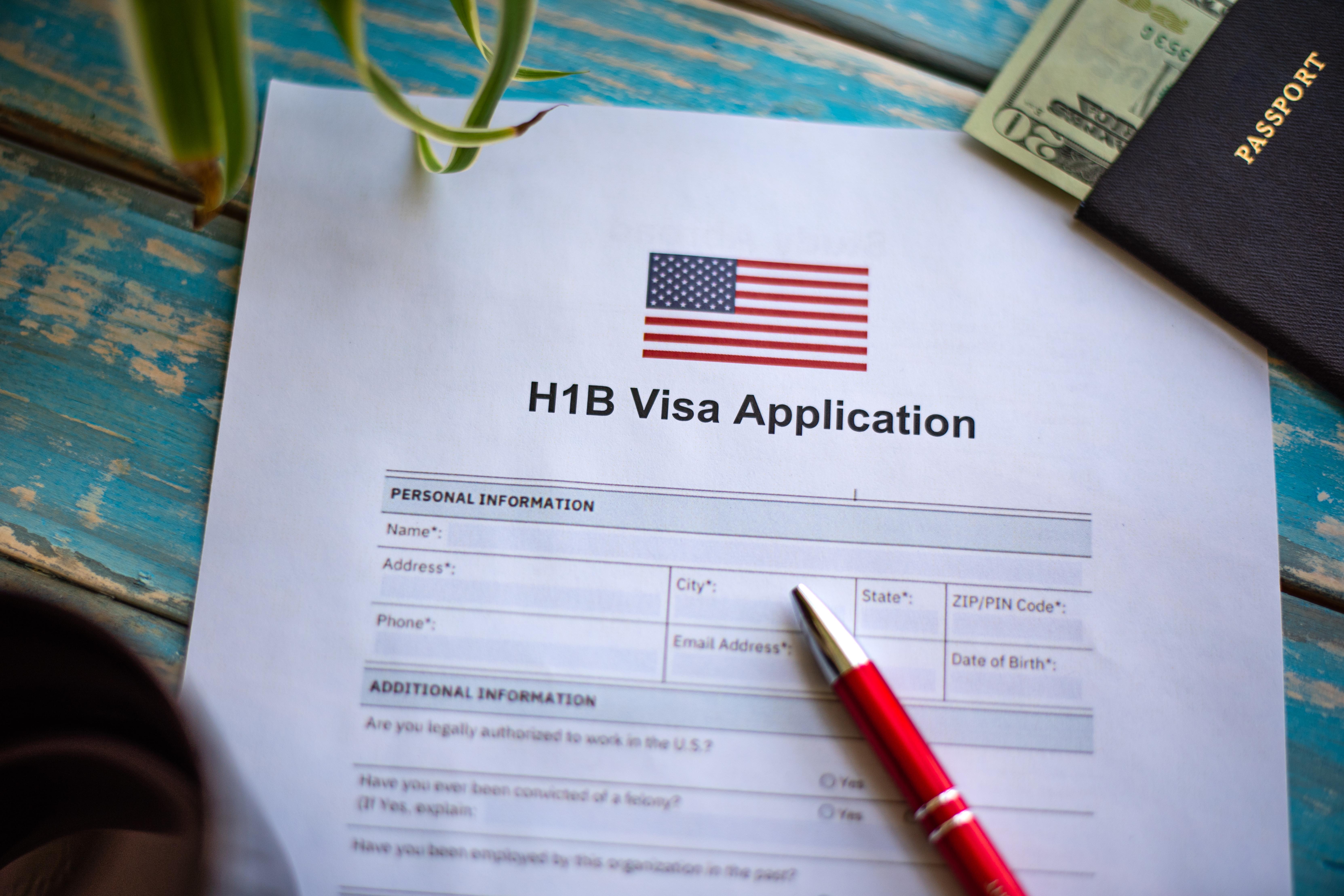
The U.S. continues to grapple with significant appointment delays for tourist (B1/B2) and student (F-1) visas in high-demand countries. Some embassies report interview backlogs stretching into late 2025. For students, this can jeopardize start dates; for tourists, it may cancel entire trips. Although the U.S. has launched interview waivers for renewals and certain categories, first-time applicants are still stuck in limbo. Expect long wait times in India, Nigeria, and Brazil. Travelers should apply months in advance and monitor regional embassy announcements for potential fast-track programs or cancellation openings.
3. Digital Nomad Visa Crackdowns in Portugal and Bali

The digital nomad dream is evolving—fast. Portugal, once a remote-work haven, now requires higher minimum income proof and tighter health insurance standards for its D7 and digital nomad visas. Meanwhile, Bali has cracked down on abuse of its visa-on-arrival and social visa systems, limiting extensions and increasing scrutiny. Nomads overstaying or working without permits face fines and blacklisting. What was once a breezy entry path now demands solid documentation, clear intent, and often—tax declarations. For 2025, nomads should expect more oversight, stricter renewal processes, and shifting local attitudes toward long-term foreign residents.
4. Brexit Fallout Continues: UK Entry Rules Shift Again

Post-Brexit entry rules remain in flux. The UK will roll out a new Electronic Travel Authorisation (ETA) system in late 2025, starting with Qatari travelers and expanding to others, including Europeans. EU citizens now face deeper scrutiny at UK borders, often being asked to show proof of accommodation, financial means, or return tickets—especially when entering for work or extended stays. Even British citizens visiting the EU must meet non-member entry conditions. The Brexit aftermath still plays out in airports and train stations across Europe, catching unsuspecting travelers with outdated assumptions and new bureaucratic layers.
5. Israel and the U.S. Visa Waiver Inclusion—With Caveats

In late 2023, Israel joined the U.S. Visa Waiver Program, allowing its citizens to visit the U.S. for up to 90 days without a visa. However, the rollout has been rocky. Arab and Muslim travelers—particularly those with dual nationalities or from occupied territories—report increased scrutiny, secondary questioning, or denied ESTA approvals. Advocacy groups have raised concerns about profiling and inconsistent application of the program. While the waiver is a win for many Israeli tourists, those with complex travel histories should remain cautious. In 2025, ensure your paperwork—passports, names, travel records—are meticulously clean and consistent.
6. Canada Introduces Digital Entry Requirement for More Countries
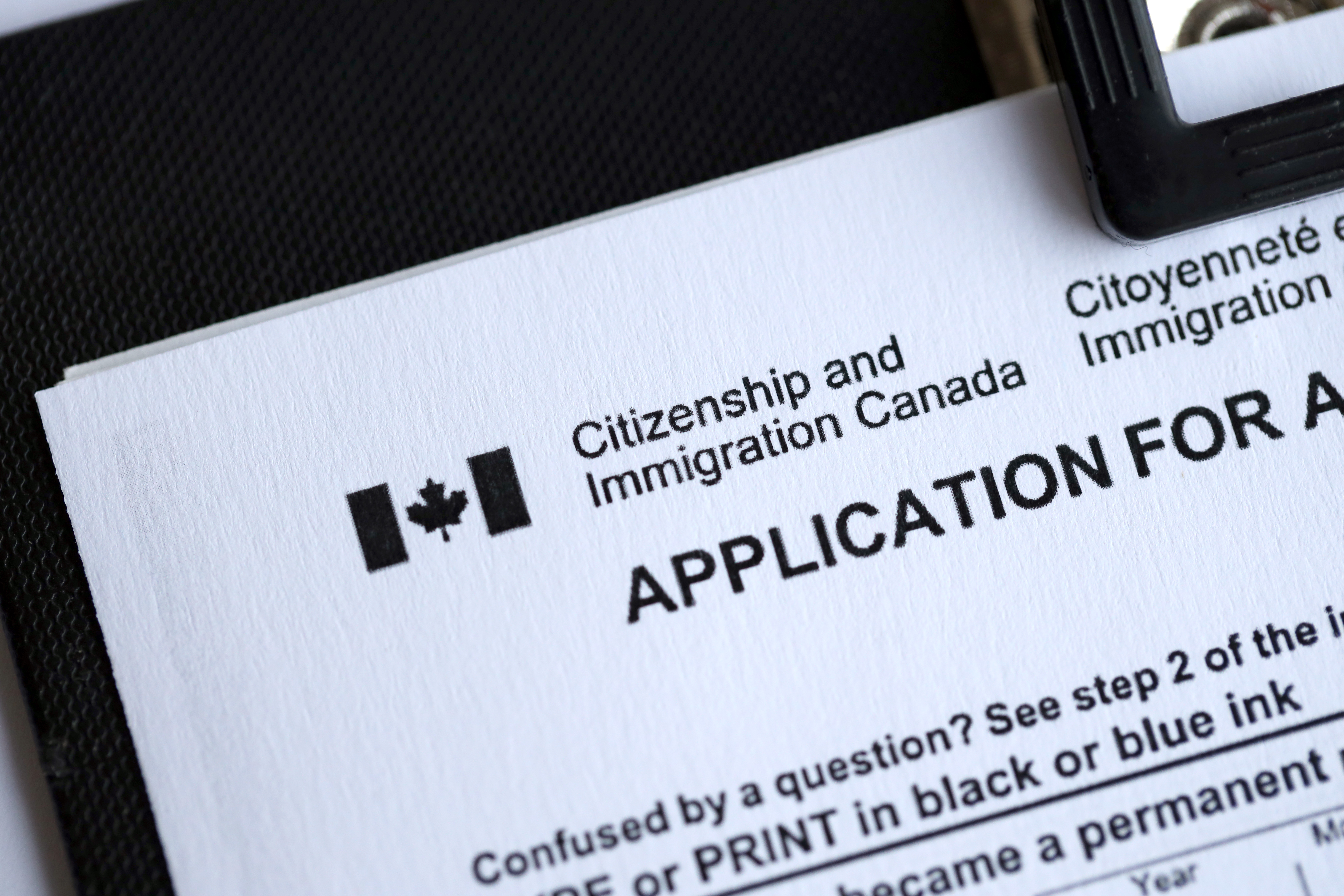
Canada’s eTA (Electronic Travel Authorization) program now covers more passport holders, but the expansion comes with a caveat: many travelers still assume they’re visa-exempt. In 2025, citizens of countries newly added to the eTA list must apply online before flying—failure to do so means denied boarding. Even travelers passing through Canada en route to other destinations are affected. The application is cheap and fast but not instant; errors or system delays can derail itineraries. Always confirm your entry status, even if you’ve visited before. What was once a “just show up” destination now requires a digital pit stop.
7. India’s E-Visa Scope Narrows
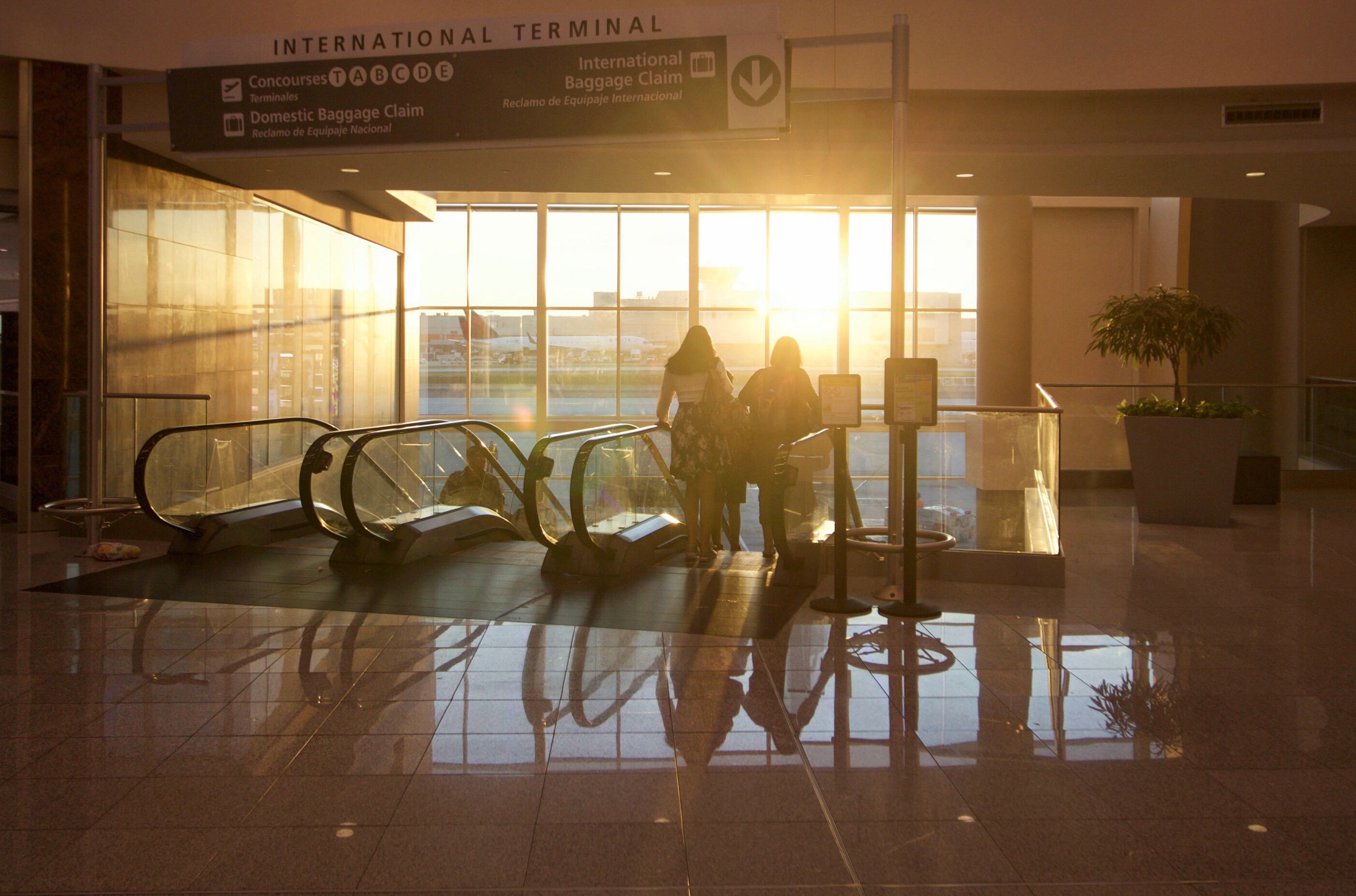
India’s once-flexible e-Visa program has become more restricted, with changes introduced in late 2024 affecting categories like medical, business, and conference visas. Travelers are now being asked for additional documentation, including local letters of invitation and verified hotel bookings. Some nationalities have seen their eligibility downgraded or removed altogether. While tourist e-Visas remain largely intact, it’s essential to double-check requirements before booking. Indian visa rules can shift abruptly, and incorrect assumptions have led to last-minute flight cancellations. In 2025, playing it safe means applying early, using the official government site, and printing everything—even if it’s digital.
8. South Korea Tightens K-ETA Enforcement
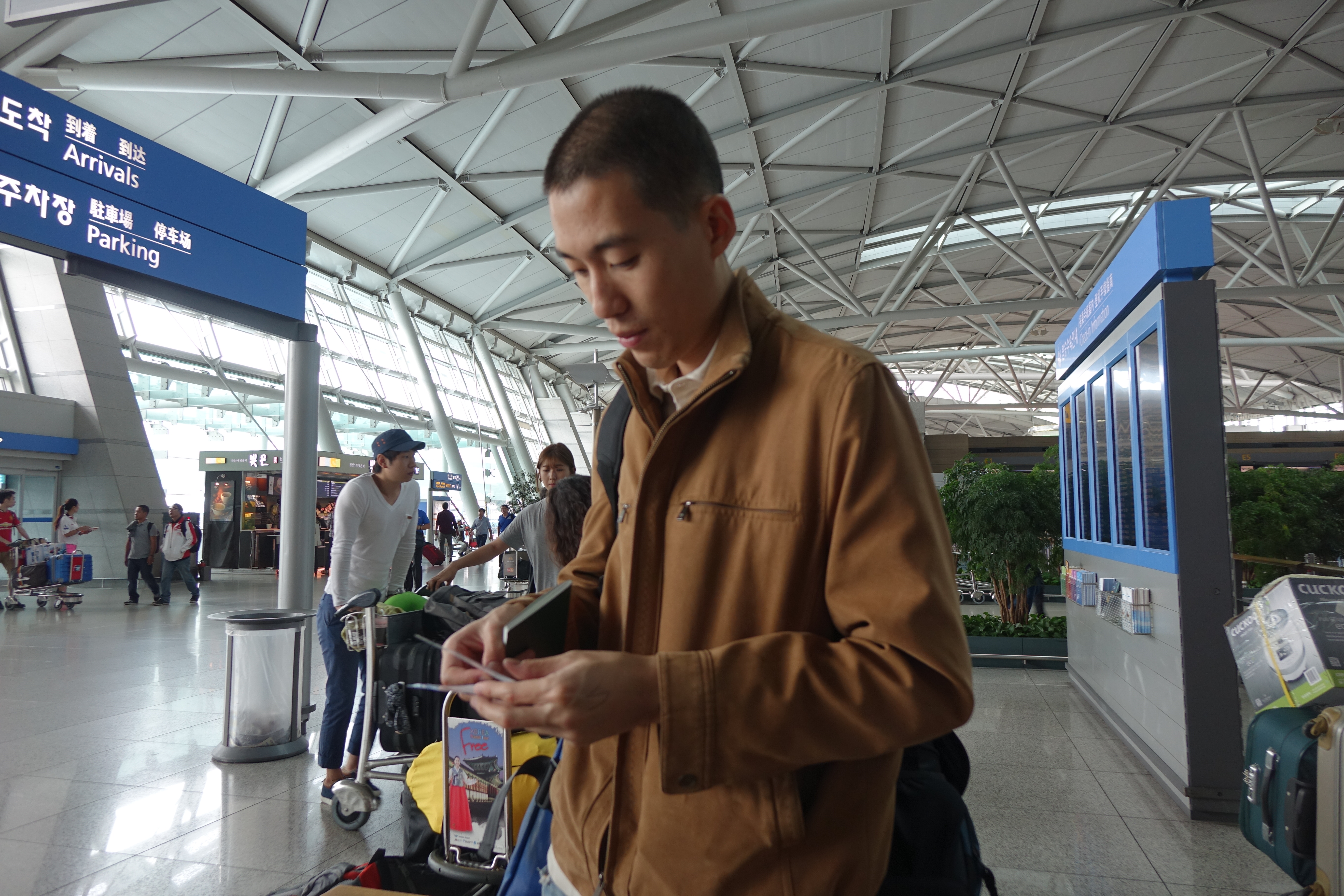
South Korea’s K-ETA system, which allows visa-free travelers to register before arrival, was once lax in enforcement—but no more. In 2025, immigration officials are cracking down on compliance, particularly for repeat visitors or those staying more than a few weeks. Denied entries and turned-away flights are becoming more common for travelers unaware of the need to apply in advance. K-ETA is affordable and valid for two years—but it’s not optional. Don’t risk boarding without it. Even layovers with overnight transfers may now require valid authorization. Double-check requirements for your nationality before you board that flight to Seoul.
9. Australia’s Visitor Visa Approval Timeline Slows

Australia is seeing a significant rise in visa processing times across several categories, especially the subclass 600 (tourist) visa. The backlog stems from staffing issues, high demand post-COVID, and shifting migration priorities. Travelers from Southeast Asia and parts of Africa face the longest delays—sometimes exceeding 90 days. Business travel visas are faring slightly better, but still unpredictable. Planning a trip down under in 2025? Apply as early as possible, avoid incomplete applications, and expect limited recourse if your plans are disrupted. Australia’s famously strict border policies now extend to its paperwork—and they’re not budging.
10. Bhutan’s New Daily Fee Reshapes Entry Strategy

In 2025, Bhutan cut its Sustainable Development Fee from $200 to $100 per day, making the country more accessible—but the visa application process is still complex. Tourists must book through licensed operators, submit detailed itineraries, and pay upfront fees before approval. Bhutan’s low-volume, high-value tourism model remains in place, and conservation is non-negotiable. The new fee structure is part of a broader strategy to attract culturally respectful visitors without overwhelming local resources. Travelers hoping to “drop in” will be disappointed. Bhutan rewards those who prepare thoughtfully, not those seeking spontaneous adventure.
11. UAE Revamps Golden Visa—But With Less Clarity

The UAE’s prestigious Golden Visa program underwent major updates in 2024, lowering entry barriers for freelancers, creatives, and tech professionals. However, new ambiguity around evaluation criteria and extended processing timelines has created uncertainty in 2025. Applicants now report delayed approvals, unclear rejection reasons, and shifting eligibility benchmarks. While the expansion theoretically boosts access, in practice, it's become a wait-and-watch game. For anyone eyeing Dubai or Abu Dhabi as a long-term base, meticulous preparation—and backup plans—are key. Don't rely on influencer anecdotes. Read the fine print, gather strong evidence of your impact, and prepare for administrative curveballs.
12. Russia’s E-Visa Opens to More Countries—But Comes with Risk

Russia’s e-Visa program now includes over 50 nationalities, offering easy access to cities like Moscow, St. Petersburg, and Kazan. But geopolitical tensions cast a long shadow over the convenience. Even travelers with valid visas have reported unpredictable questioning, invasive searches, or sudden entry denials. Countries sanctioning Russia—such as the U.S., UK, and Canada—may see their citizens face harsher scrutiny. For journalists, activists, or dual nationals, the risk is especially high. In 2025, Russia may be logistically open—but politically fraught. If you’re entering for tourism, keep itineraries simple, communications clean, and contingency plans in place.
13. Argentina Ends Reciprocity Fees—but Introduces New Entry Quotas
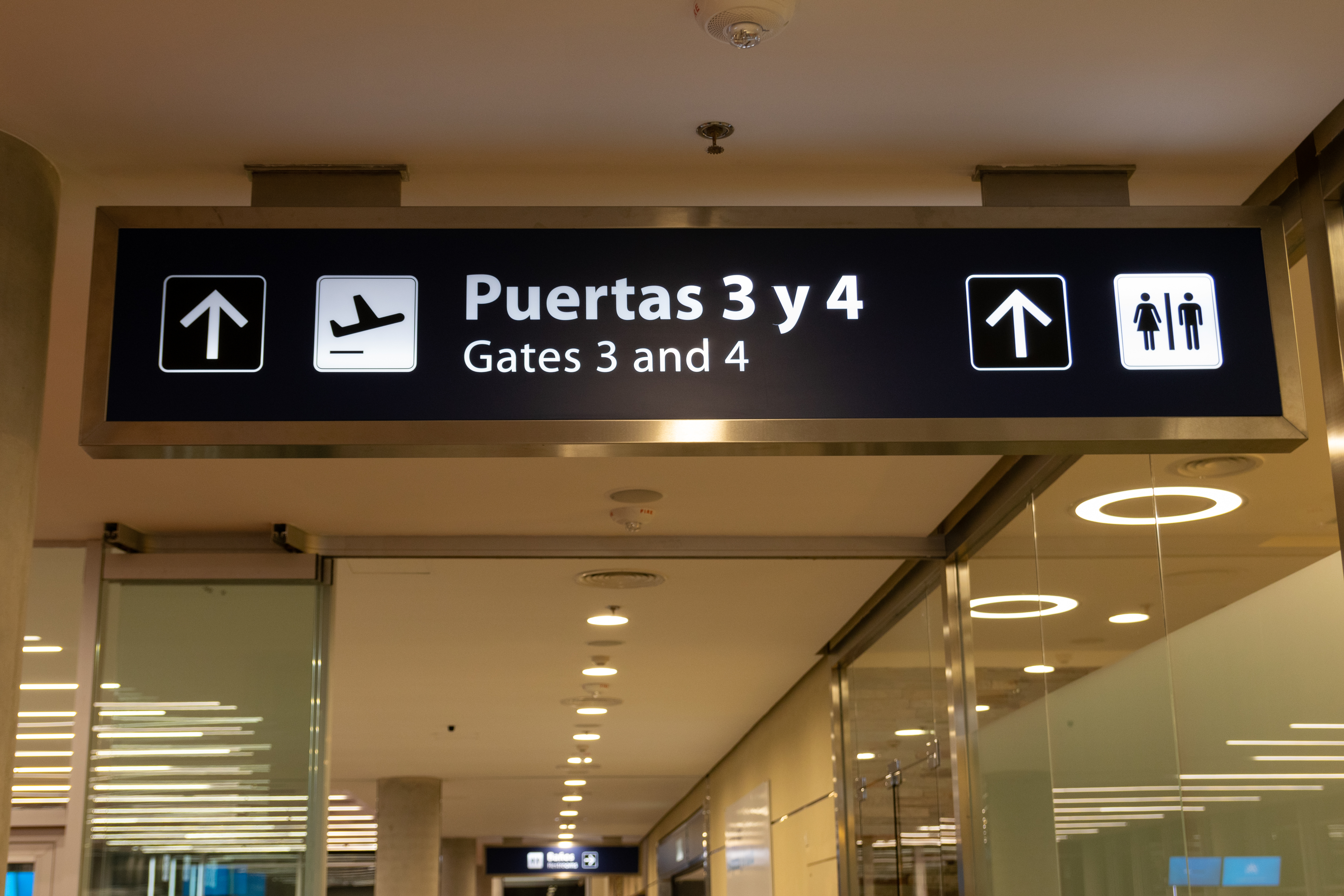
Argentina scrapped its infamous reciprocity fee for American, Canadian, and Australian travelers in late 2024, easing entry for budget-conscious tourists. But 2025 brings a new twist: daily entry caps at some land crossings, especially during peak seasons. Backpackers entering via Chile or Brazil report long waits and even turned-back buses. The move is part of broader border management reforms aimed at regulating mass movement during holidays and regional festivals. To avoid disruption, plan your arrival during non-peak hours and always have alternate routes in mind. In Argentina, the border’s open—but not always on your schedule.
In 2025, it’s not just your passport that opens doors—it’s your preparation. The shifting tides of visa policies, digital systems, and geopolitical tensions mean the smallest oversight can derail even the most carefully planned journey. Whether it’s a new entry fee, a delayed e-visa, or a surprise interview requirement, today’s travel landscape demands more than wanderlust—it demands vigilance. These 13 updates aren’t just footnotes—they’re trip-makers or deal-breakers. So before you book that flight, check the fine print, read the embassy updates, and give yourself lead time. Flexibility helps, but foresight is everything. The age of spontaneous border-hopping is over. The new era? It belongs to the well-informed traveler—nimble, alert, and two steps ahead.








